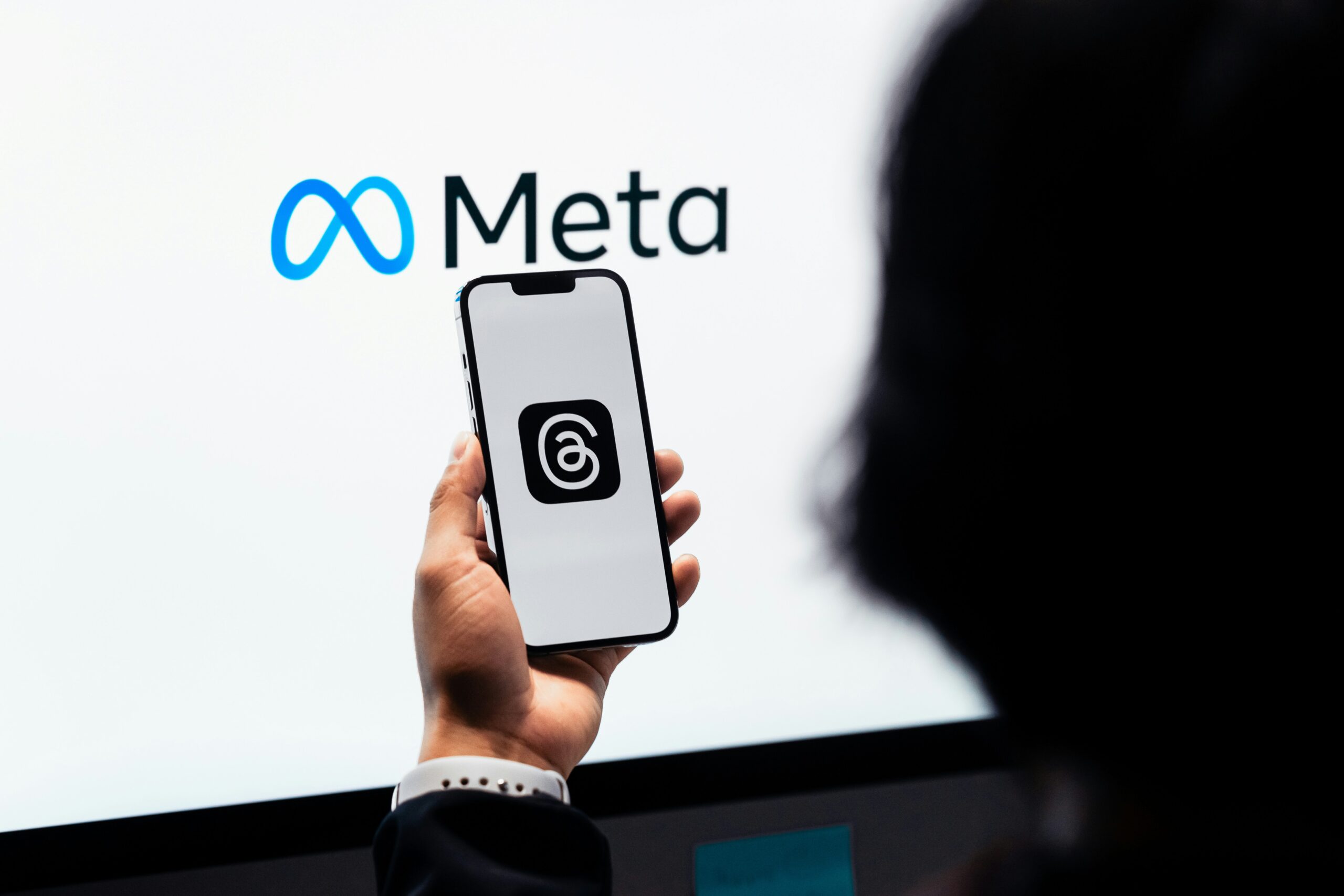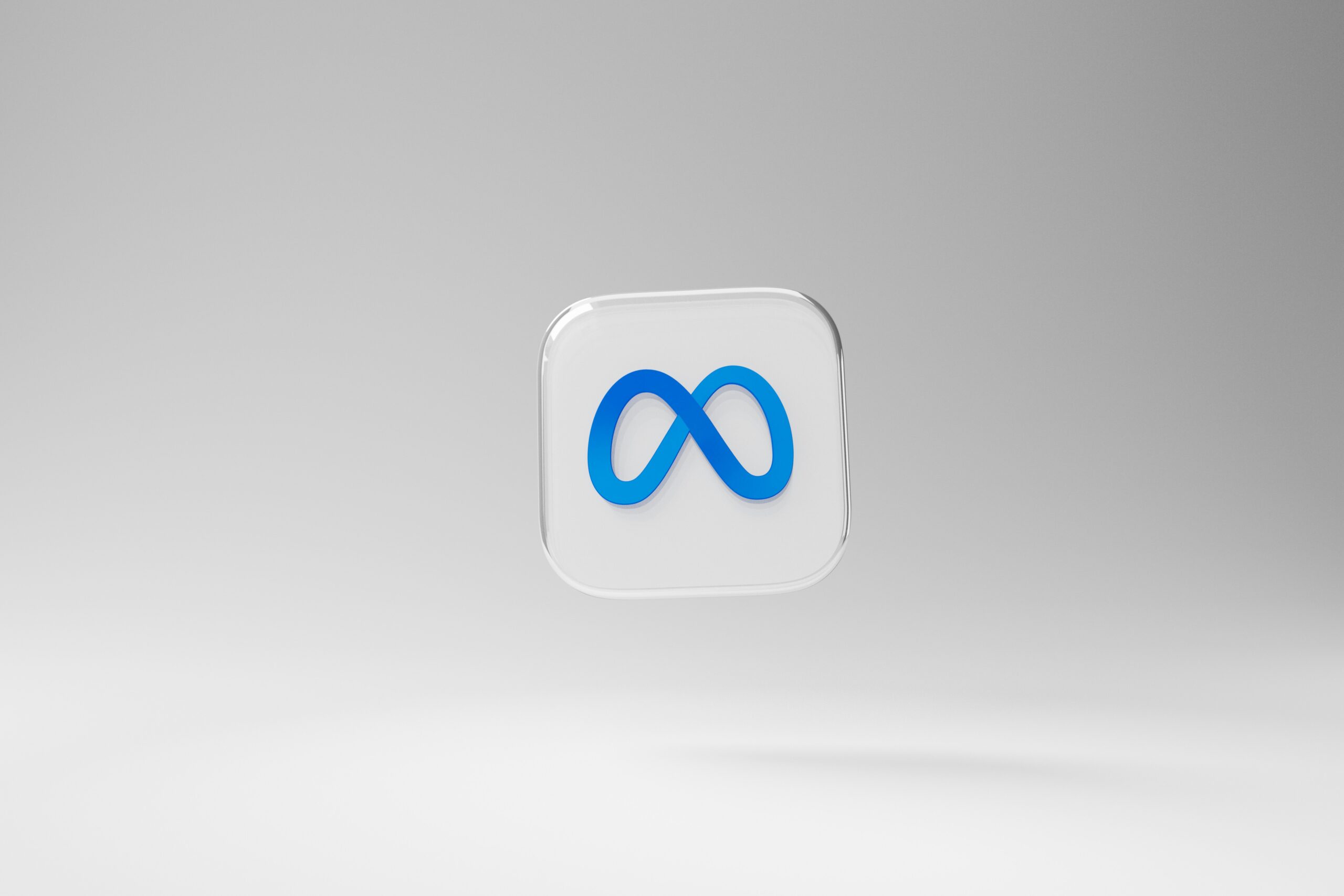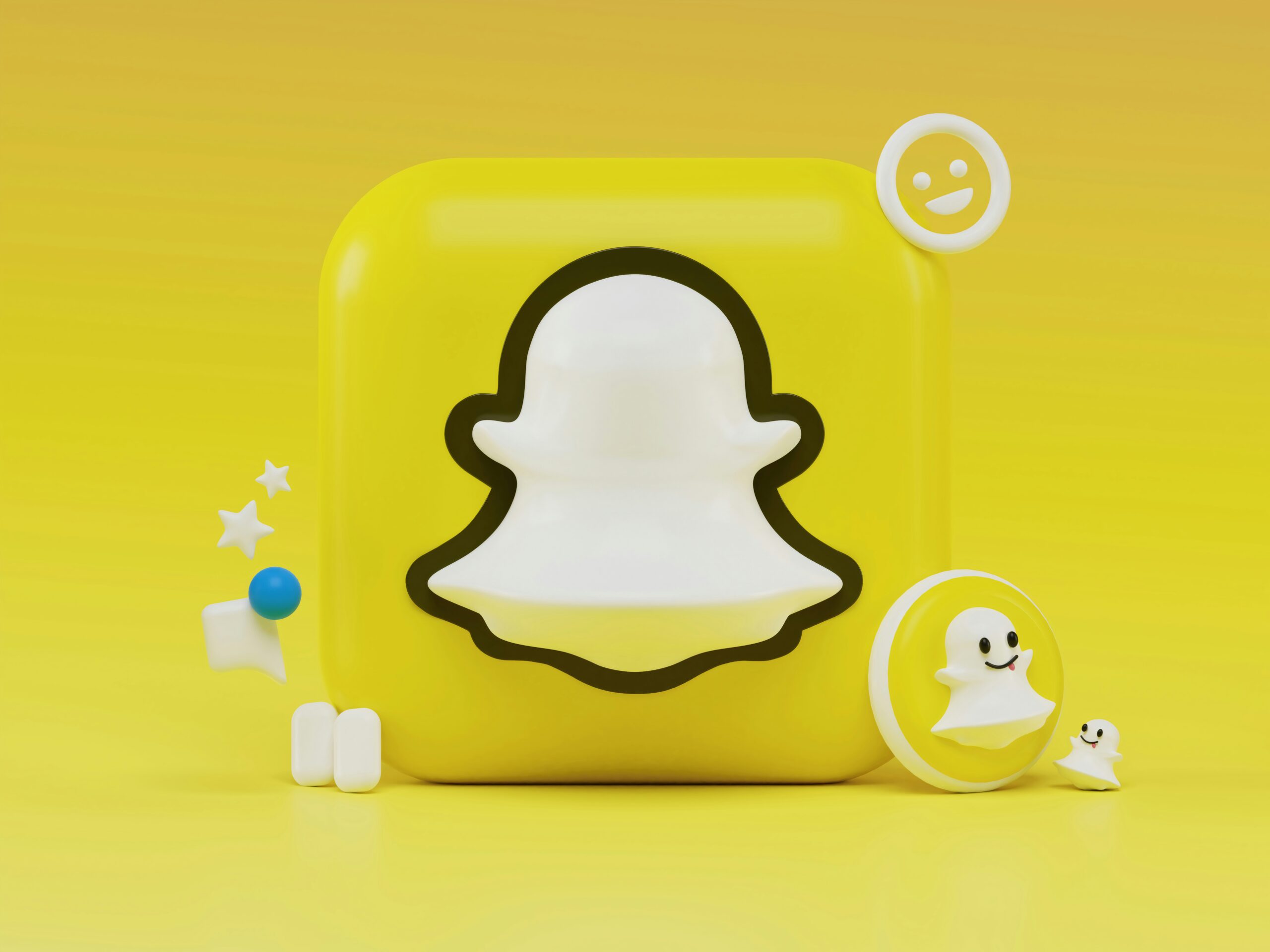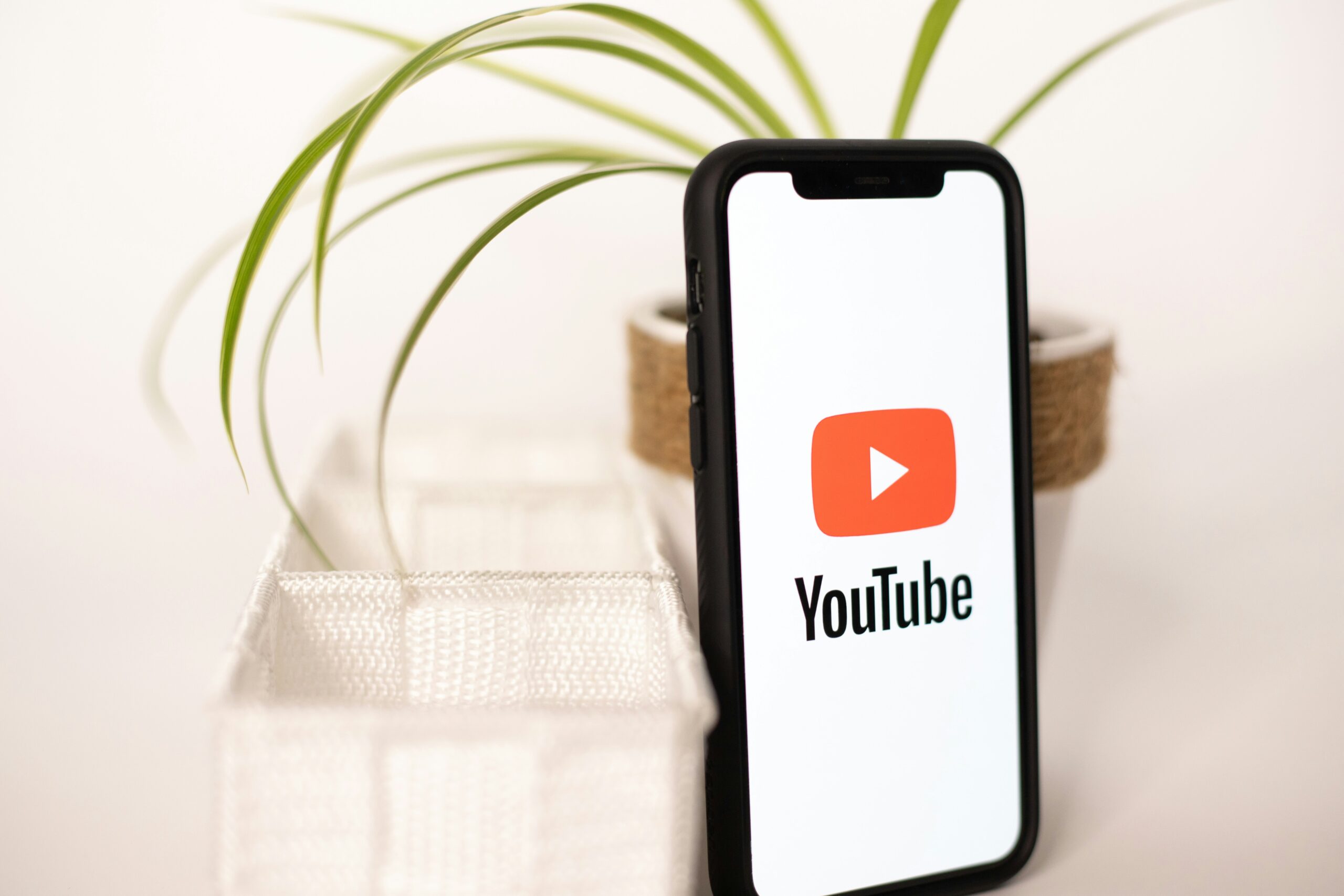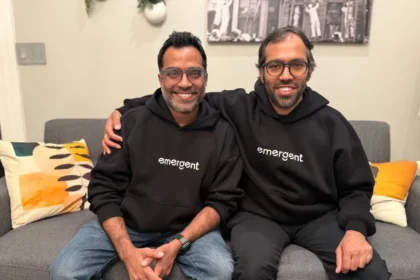In a move met with skepticism, Meta has launched “Vibes,” a new feed inside the Meta AI app and on meta.ai for creating and sharing short-form, AI-generated videos. The feature mirrors TikTok and Instagram Reels, but instead of user-shot clips, every video is generated by artificial intelligence.
Meta CEO Mark Zuckerberg introduced Vibes in an Instagram post showcasing examples: a group of fuzzy creatures hopping across cubes, a cat kneading dough, and even an ancient Egyptian woman taking a selfie on a balcony overlooking Ancient Egypt.
According to Meta, Vibes will serve a continuous feed of AI videos from creators and users. Over time, the algorithm will personalize recommendations. Users can generate clips from scratch or remix existing ones by adding visuals, music, and style effects, then post them directly to the Vibes feed or cross-share to Instagram and Facebook Stories and Reels.
Meta’s chief AI officer Alexandr Wang said the company partnered with AI image generators Midjourney and Black Forest Labs for the early version, while Meta works on its own models.
But early reactions suggest Vibes may face resistance. Comments on Zuckerberg’s announcement included: “gang nobody wants this” and “Bro’s posting AI slop on his own app.” Many users mocked the feed as another example of AI cluttering social media with low-value content.
The launch also comes at an awkward time. Platforms like YouTube are working to crack down on “AI slop,” and Meta itself previously told creators to prioritize “authentic storytelling” over unoriginal short-form content.
Related: Meta Launches Pro-AI Super PAC to Fight State Regulations Amid Child Safety Scrutiny
Despite the backlash, the rollout underscores Meta’s growing emphasis on AI. Earlier this year, the company reorganized its efforts under Meta Superintelligence Labs and split its AI division into four focus groups: foundation models, research, product integration, and infrastructure.
With Vibes, Meta is betting that users will embrace AI-generated entertainment. But so far, public reaction suggests most people would prefer fewer synthetic videos, not a dedicated feed of them.

